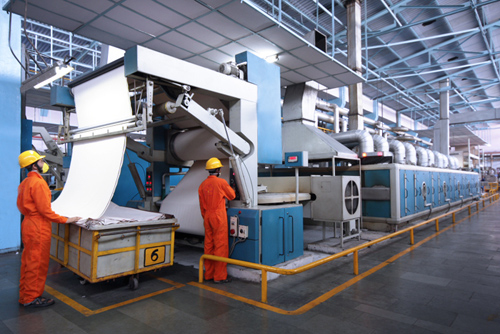Now You Know Pretreatment of Elastic Fabric
Monday, 21 January 2019
Edit
Pretreatment of Elastic Fabric
Rana Sohel
Executive Engineer
Sunman Textile Mills Ltd. Chittagong
Cell: +8801912-420118
Email: rsohel07tex@gmail.com
Executive Engineer
Sunman Textile Mills Ltd. Chittagong
Cell: +8801912-420118
Email: rsohel07tex@gmail.com
Elastic Fabric:
For elastic fibers, treatments depend on the chemical composition, which can be extremely variable. As far as the fabrics containing segmented polyurethane fibers are concerned, the suggested treatments to be carried out are the following:
- relaxation
- heat setting
- scouring
- bleaching
Before carrying out any further treatment, it is recommended to relax woven or knitted goods to obtain a uniform shrinkage and avoid stitch distortion or fabric deformation, creases or wrinkles. The fabric relaxation is a crucial step to allow good shrinkage and give excellent elasticity since the fabric width on looms is always bigger than the finished one (tensioned yarns on the loom). Many techniques are used but here are some of the most frequently used ones: table stealing, steaming carried out at the entry of the stenter, scouring carried out with hot solvents, relaxation in hot water with tensionless scouring; these techniques give poorer stabilization results and do not provide permanent crease resistance to textiles and fabrics.
Heat setting:
Related:
 |
| Heat setting of elastic fabric |
It is necessary to carefully consider the characteristics of the fibre combined with the polyurethane elastomer.
Bleaching:
Bleaching:
This treatment is carried out using sodium hydrosulphite; a suitable optical bleaching agent can also be added.
Sumber http://textilelearner.blogspot.com

